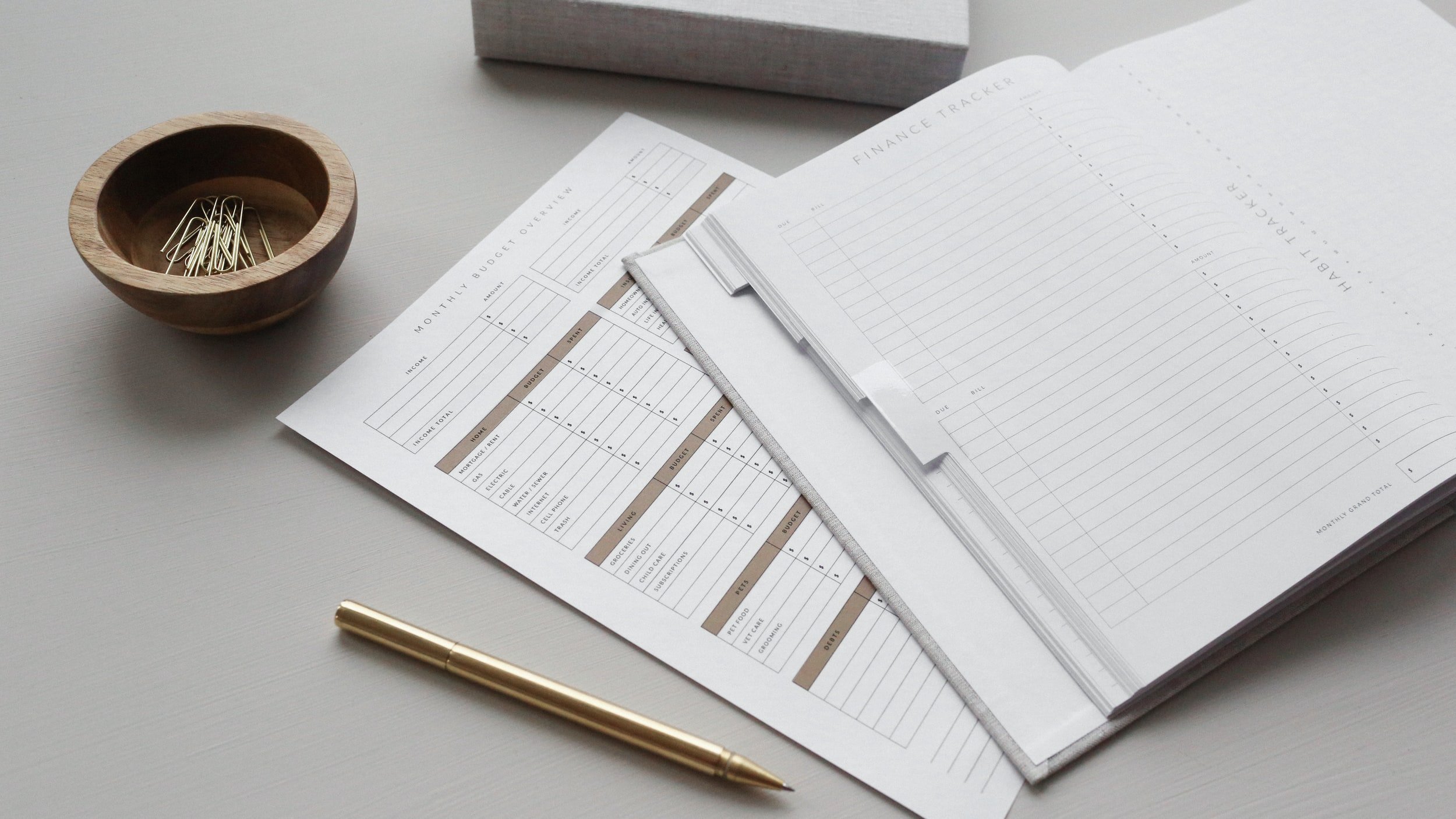What's the Difference Between the Present Perfect and the Past Perfect?
Have you ever hesitated between choosing between the present perfect and the past perfect?
It’s actually more common than you think.
But the good news is, the difference is pretty straightforward.
So what’s the difference between the present perfect and the past perfect?
In short, we use the present perfect to talk about recent or past events that happened at an indefinite time, and we use the past perfect to refer to something that occurred before something else.
If you’re still confused, don’t worry. Today, we’re going to talk about:
Present perfect and past perfect structures
The perfect aspect
The timelines of the present perfect and the past perfect
How to use the present perfect
How to use the past perfect
Repeated past actions
Using adverbs with the present perfect and the past perfect
So, let 's get started!
Teaching English Just Got Easier!
Save hours of time with an organized collection of high quality, easy-prep ESL lesson plans and worksheets right at your fingertips!
THE PRESENT PERFECT VS. THE PAST PERFECT
Present perfect and past perfect structures
Before digging deeper into this topic, let’s quickly review the structures.
The present perfect:
Have/Has + Past Participle
The past perfect:
Had + Past Participle
Of course, their differences go beyond the way they’re structured, so let’s get down to them now.
The perfect aspect
The perfect aspect of these tenses might be the source of confusion for some learners. But what does it mean?
By definition, the perfect aspect looks back from a specific point of time and refers to all those things that occurred up to that time or that are relevant at that time.
As implied by their names, with the present perfect we recall the past from the present. And with the past perfect, we look back from a specific time in the past.
These examples will make this point clearer:
I have never played the piano before an audience in my life.
(This means that up until now, this has been my experience.)
When I auditioned for the music scholarship, I had never played the piano before an audience.
(Meaning: the first time I played before an audience was in my audition.)
The timelines of the present perfect and the past perfect
How is the past time involved in these tenses?
When we refer to past actions that happened at an indefinite time, the present perfect is the right choice.
He has written several movie scripts.
With this, the action starts in the past but somehow extends up to the present. It might be because that event is unfinished, or that it may be relevant to the present time.
I have lived in Rome for 10 years now.
(I’m still living in Rome)
And what about the past perfect?
We use it when talking about a past action that’s finished before a certain time or before another past action. In other words, an action or actions happening before another.
I had lived in Italy for 10 years before moving to London.
(Meaning: after ten years, I moved to London)
It’s time to check the present perfect and the past perfect individually.
How to use the present perfect
Say you want to share a funny anecdote or an important achievement, maybe a project you’ve started but you’re still working on. Or you want to talk about repeated actions that happened at different, yet indefinite times in your life.
These are some of the essential uses of the present perfect, that is to say talking about accomplishments and experiences, indefinite past actions, ongoing events, or news we would like to share.
In all of these cases, the timestamp extends from the past up into the present.
This is what sets the present perfect apart from the past perfect, because when we use the past perfect, the time reference is the past exclusively.
Consider these examples,
I’ve worked for this company since 2010.
(I still work there.)
I haven’t submitted the form yet.
(There’s still time for me to do it.)
For more information about the present perfect, check out this simple explanation of the present perfect we posted some time ago.
How to use the past perfect
Also called, the past in the past.
Imagine you wanted to share a story about your surprise birthday party. So you start by telling your friends how disappointed you were with your family because you believed they had forgotten about your big day. And then it turned out that they had put together the most memorable party of your life!
In your storyline, everything is in the past, but some actions happened before others. Being able to use this mixture of past tenses gives a chronological order to your narrative.
You can’t use the present perfect to tell this story because it is set in a specific and definite past. The time period is finished and no present is involved.
However, the combination of the past simple and past perfect helps to communicate the events in the right sequential order.
I hadn’t submitted the assignment yet when the teacher contacted me.
When you’re expressing a sequence of events, writing about the past with past simple verbs only is unusual. Typically, you need the past perfect, otherwise, how would you convey that some of the events occurred before others?
By the same token, it’s also rare to find a paragraph containing the past perfect alone.
Taking the previous example, if we say: “I hadn’t submitted the assignment yet”, the sentence would be incomplete, leaving the listener wondering what happened next.
Talking about repeated past actions
What about talking about repeated past actions? Can we use both the present perfect and past perfect for this use? Actually, it’s possible. So what makes the difference? The time period.
He had worked for several international companies before he turned 50.
He’s worked for several international companies.
In the first example, you can see there’s a specific past event (turning 50) that we take as a point of reference to mention other actions that occurred prior to it.
The time period is finished.
Whereas in the second sentence, the reference is to his working experience so far (in his life).
Think of it this way: if you’re talking about something you’ve done in your life, you resort to the present perfect. (This is simply because the time period of your life is not finished.)
Most commonly, we use the present perfect to talk about experiences and accomplishments because of this logic.
Using adverbs with the present perfect and the past perfect
If these tenses have something in common, it’s adverbs.
Just, already, yet, in my life, once, twice, ever, etc. They all work perfectly with both.
I had already picked up the groceries when my mom called me.
I hadn’t heard about that movie before today.
I’ve just picked up the groceries.
I haven’t watched that movie yet.
I hope this quick lesson has helped! If you have any questions, let us know in the comments!
About the writer
Sol is an English teacher and a self-professed grammar geek. As a writer for In English With Love, her mission is to create content that will help encourage and inspire English learners.















